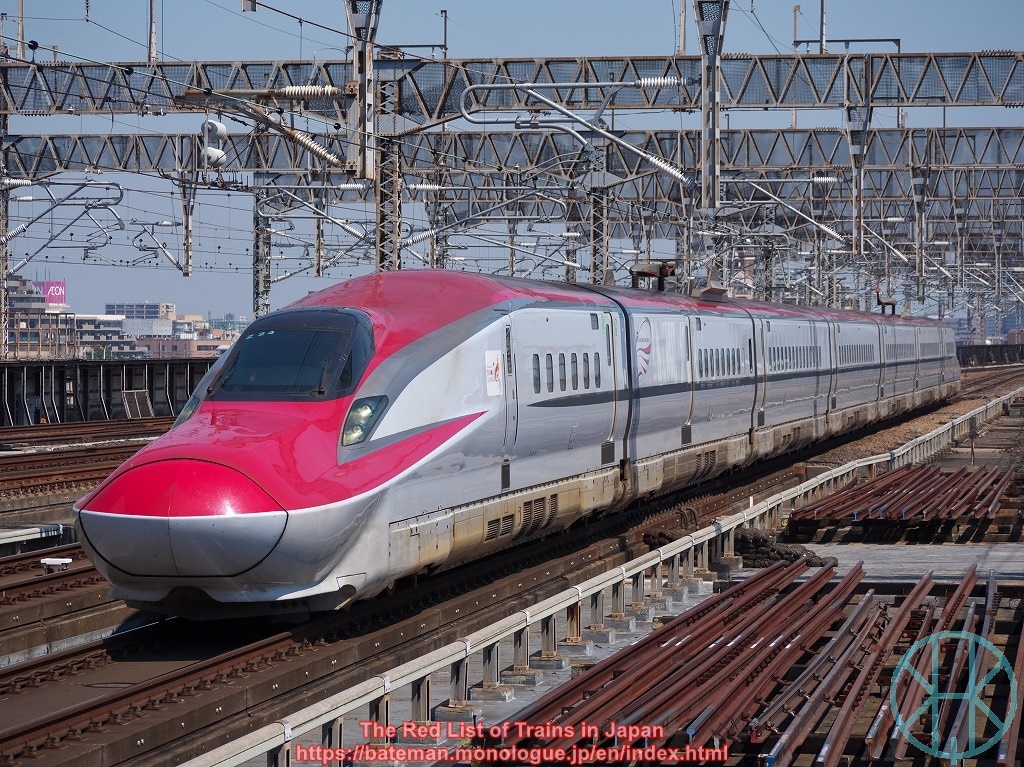 |
| Mt Fuji from a bullet train |
A journey on a high-speed train in Japan is always exciting and relaxing. You might put your luggage on an overhead shelf, adjust seat reclining to the most comfortable position, stretch yourself, then look outside from a window and see how the train accelerates. A few minutes after boarding, you might feel a little bit hungry and look for something to eat. Then, a staff with a catering wagon approaches. What would you choose?
 |
| Vanilla flavour (sorry, out of focus!) |
The most popular choice is probably ice cream, specifically "Super Premium Ice Cream" manufactured by Sujahta Meiraku, a Nagoya-based company. The price depends on flavours but generally between 300 and 400 yen. Both tourists who simply enjoy the journey and businesspeople who regard the bullet train merely as a part of their work ask for the ice cream. It is well known for a good taste and incredible hardness.
 |
| Strawberry and Chocolate flavour |
In Japan, the term "ice cream" is precisely defined by the 1951 Ministerial Decree Concerning Ingredient and Standard of Milk and Dairy Products. According to the Decree, "ice cream" must contain at rates of 15% of milk solids and 8% of butterfat. Those failing to meet the criteria are classified as "ice-milk" or "lacto-ice".
According to JR-Central Passengers, a company which manages the catering service, the Super Premium Ice Cream is literally premium, and it has been carefully designed for bullet train passengers as Shinkansen is a symbol of Japan, and it probably justifies why it is a little more expensive than other ordinary ice creams, or "quasi" ice creams.
 |
| Pistachio flavour |
The ice cream is always served when it is so hard that nobody can eat before it melts. Catering staff put ice creams in a small bag with dry ices to keep the products cold enough (-20 to -30 degrees Celsius, or -4 to -22 degrees Fahrenheit). That is why, many Japanese people on Twitter call it "Shinkansen extremely-hard ice cream".
The ice cream had been widely available across the bullet train network in Japan, but sadly JR East and Hokkaido discontinued the catering service on most of their trains. It is still available on Tokaido and San-yo Shinkansen, the route between Tokyo and Hakata via Nagoya, Kyoto, Osaka and Hiroshima. There are several flavours, but those who try it for the first time are recommended to choose vanilla.
The ice cream is so hard that you must wait for up to 30 minutes before it becomes eatable. Thus, you should not ask for one if you are going to alight the train within 30-40 minutes. Some catering staffs offer a metal spoon that makes the ice cream soft (as it conducts heat), but it is not necessary unless you want it for a souvenir.












